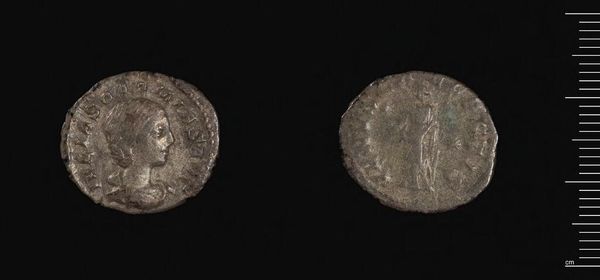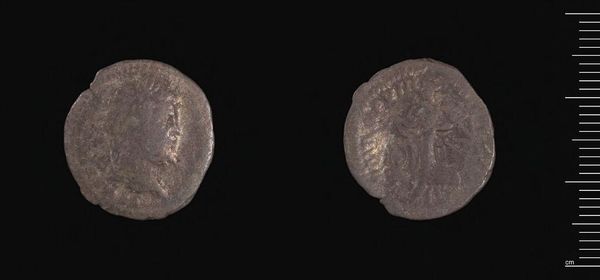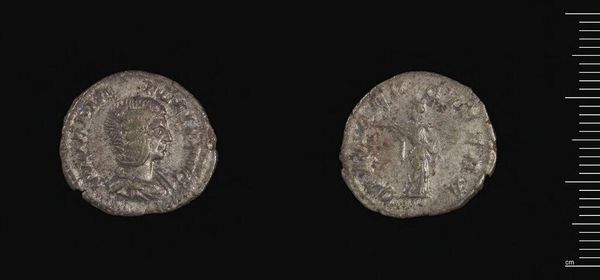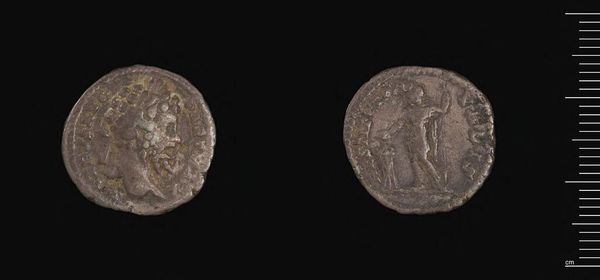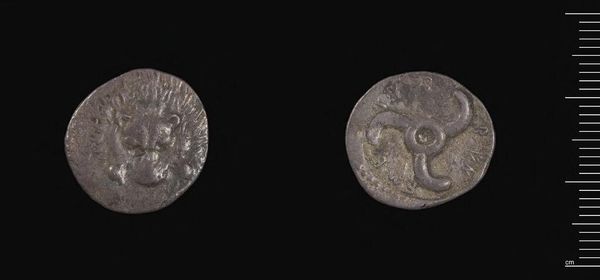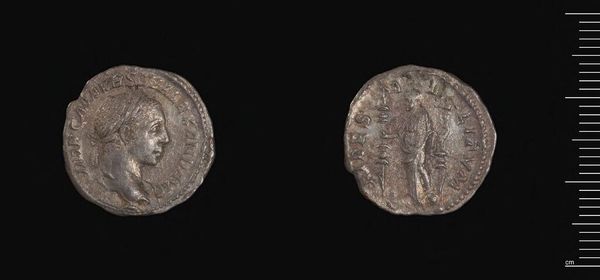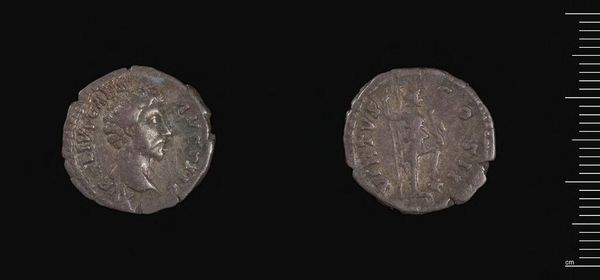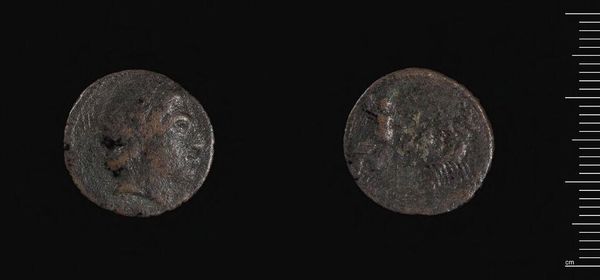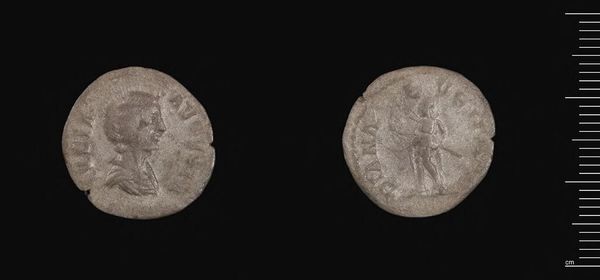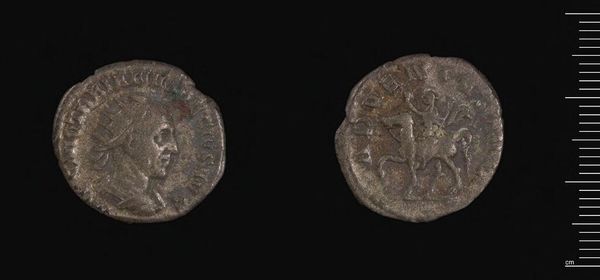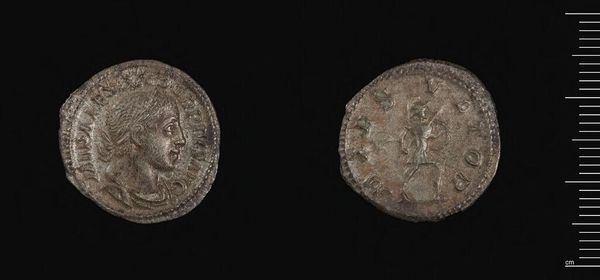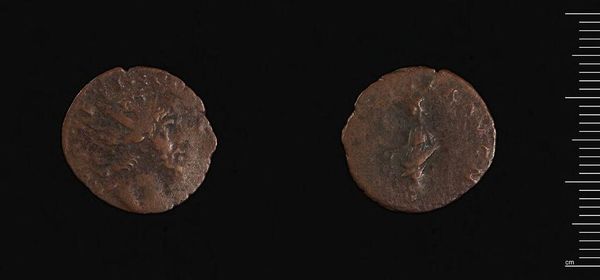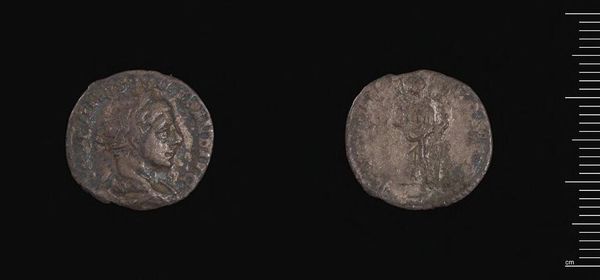
Dimensions: 2.86 g
Copyright: CC0 1.0
Curator: Here we have a Denarius of Maximus Caesar, residing here at the Harvard Art Museums and weighing in at 2.86 grams. Editor: It's quite worn, isn’t it? The surface seems smooth from handling, and yet the images are still legible. It gives a sense of endurance, almost. Curator: Absolutely. The imagery on these coins was deliberately chosen to reflect and reinforce the emperor's power, the inscriptions acting as declarations of authority. Editor: I wonder about the metal content and the labor involved in minting these. Was it meant for daily transactions, or primarily for larger state expenditures? Curator: It probably functioned in both spheres. The emperor's image, multiplied across countless coins, became deeply embedded in the cultural consciousness. Editor: Right, so, beyond just being currency, it's also a propaganda tool, and the silver itself represents value extracted through labor and control. Curator: Precisely. Seeing the faces of emperors, even on something as small as a coin, it helped shape and solidify their image within the collective psyche. Editor: So, in the end, this tiny object contains layers of economic, political, and, dare I say, psychological weight. Curator: A tangible link to the past, reminding us that power and symbolism are often inseparable, even within the smallest of objects.
Comments
No comments
Be the first to comment and join the conversation on the ultimate creative platform.
